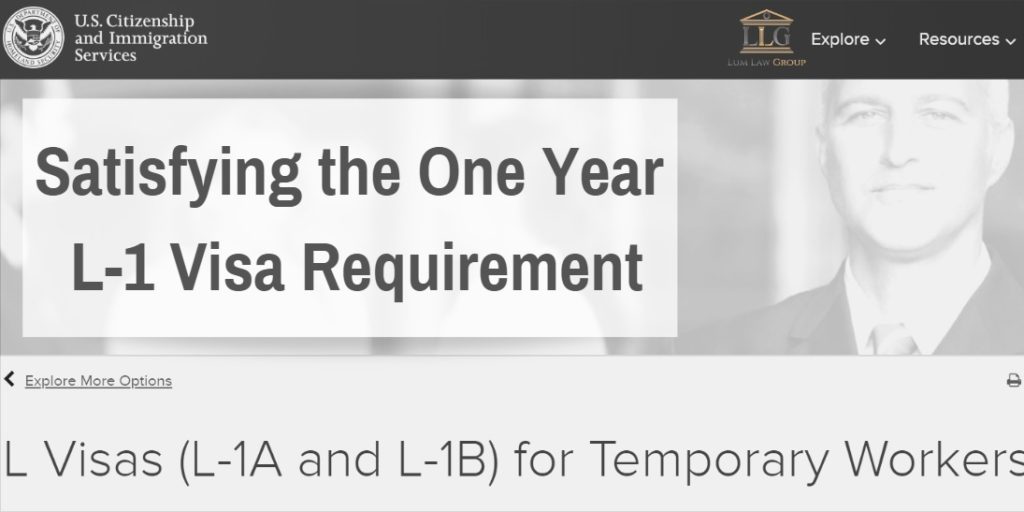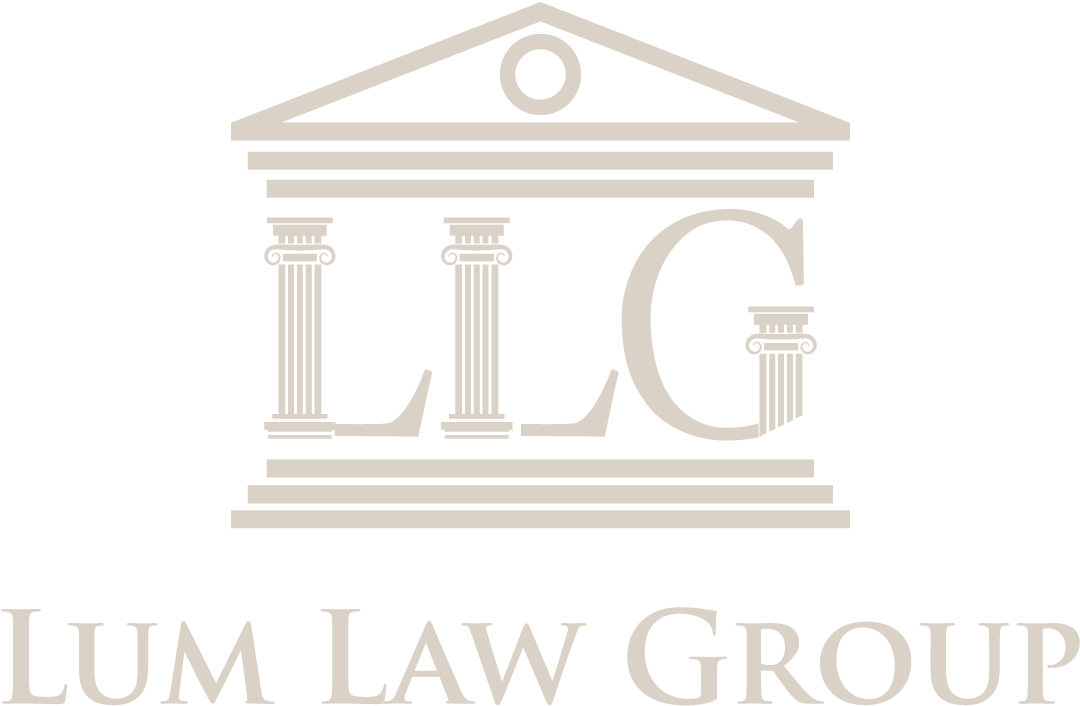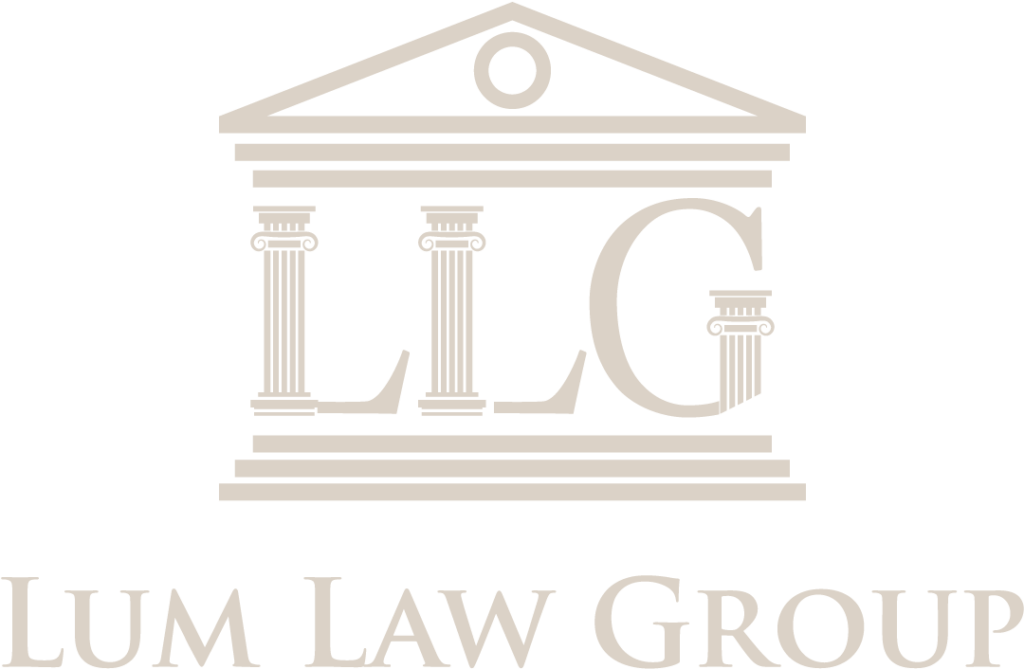Satisfying the One Year Abroad Requirement for L-1 Employment Visa

In November 2018, the United States Citizenship and Immigration Services (USCIS) issued a policy memorandum on satisfying the one year abroad requirement for L-1 visa beneficiaries. This policy memorandum is internal to the agency and cannot be used to justify a beneficiary’s qualification for L-1 visa (L-1A and L-1B Temporary Intracompany Transferee). Regardless, the policy […]
Attention F-, M-, and J-visa holders! Will you be unlawfully present starting August 9th, 2018?

Update: On August 9, 2018, USCIS updated their previous policy memorandum. Under the revised policy memorandum, F- and M- nonimmigrant visa holders who “fall out of status” while their applications are pending but timely applied for reinstatement of status will have their “accrual of unlawful presence suspended while their application is pending.” On May 11, […]

